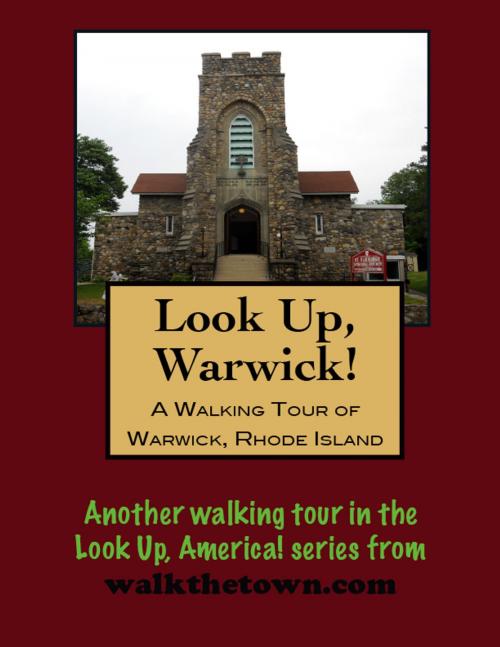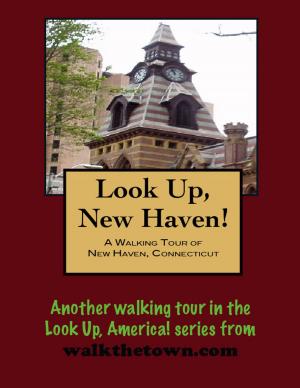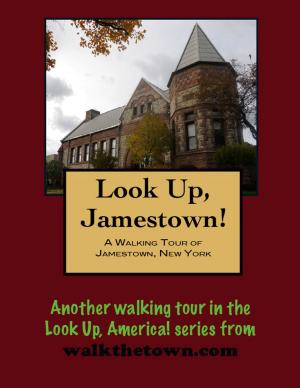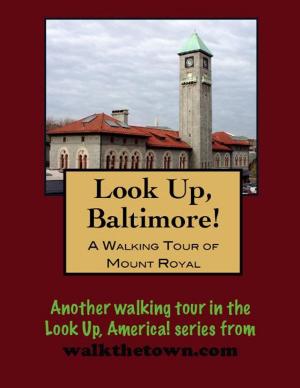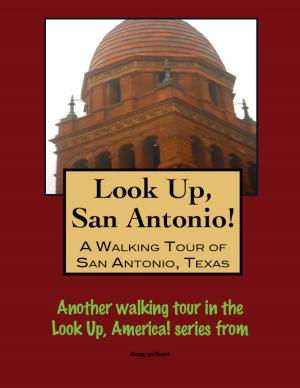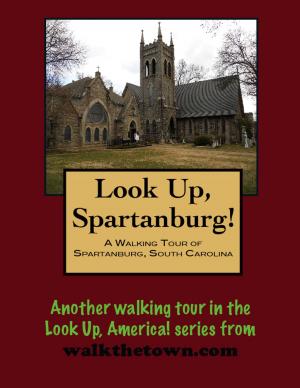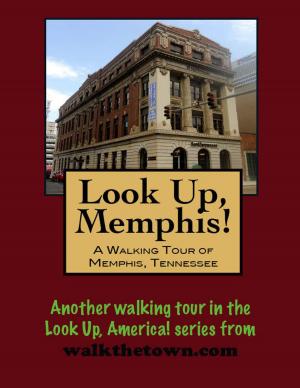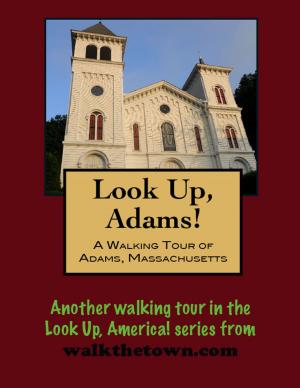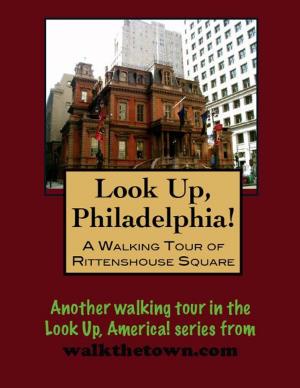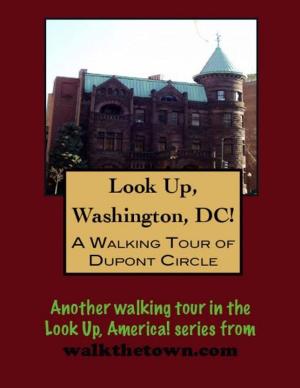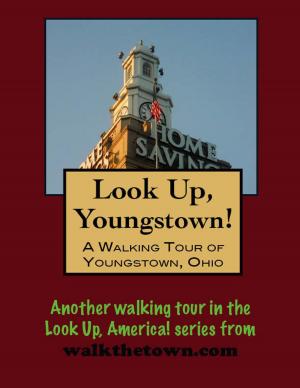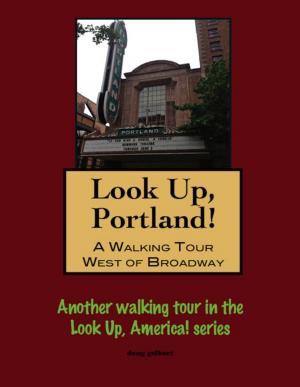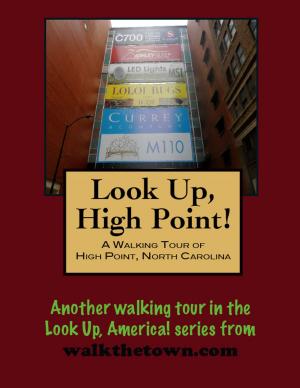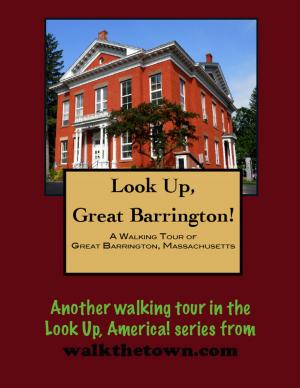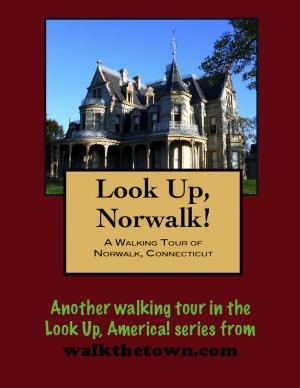| Author: | Doug Gelbert | ISBN: | 9781458153449 |
| Publisher: | Doug Gelbert | Publication: | February 13, 2011 |
| Imprint: | Smashwords Edition | Language: | English |
| Author: | Doug Gelbert |
| ISBN: | 9781458153449 |
| Publisher: | Doug Gelbert |
| Publication: | February 13, 2011 |
| Imprint: | Smashwords Edition |
| Language: | English |
There is no better way to see America than on foot. And there is no better way to appreciate what you are looking at than with a walking tour. Whether you are preparing for a road trip or just out to look at your own town in a new way, a downloadable walking tour is ready to explore when you are.
Each walking tour describes historical and architectural landmarks and provides pictures to help out when those pesky street addresses are missing. Every tour also includes a quick primer on identifying architectural styles seen on American streets.
Samuel Gorton’s beliefs were so odious to the leaders of the Massachusetts Bay Colony - such ideas as the separation of church and state, the banning of slavery and the payment of Indians for their land - that even after he was banished from the colony he was tracked down in Rhode Island and brought back for trial. After narrowly escaping death for blasphemy he had his punishment reduced to banishment from Portsmouth (Rhode Island). He had now been tossed from Boston, Plymouth, Aquidneck and Newport. Now ensconced in the wilderness of Rhode Island, he was still hounded by Massachusetts authorities who claimed that land he had purchased known as “The Shawomet Purchase” was subject to Boston rule.
Once again the government charged him with blasphemy and once again soldiers from Massachusetts arrived and burned his home. Gorton was again imprisoned for a time and released on the condition that he leave the land that he and a band of about 100 followers known as Gortonists had purchased. So Gorton left. And sailed to England where he met an old friend, Robert Rich, the Earl of Warwick. With the help of the Earl of Warwick Gorton was granted a Royal Charter and received an order of “safe passage and conduct.” When he returned to Boston this time the militia now had to escort him safely back to Rhode Island and the government was ordered to never interfere with Samuel Gorton or the Gortonist’s again.
In gratitude, Gorton named his settlement “Warwick.”
Warwick developed as a loose federation of scattered villages. Most were agrarian communities tied to the sea but gradually the western section became more industrialized. Between 1920 and 1930 Warwick was the fastest growing town growing town in New England as the population jumped from 13,481 to 23,196. In 1931, after two unsuccessful attempt, Warwick became Rhode Island’s youngest city. In the next thirty years the population would nearly triple. The demand for housing and jobs levied a heavy toll on the historic Warwick building stock.
Our walking tour will explore the Apponaug Village, along the Post Road, now a busy roadway that was once an Indian path known as the Pequot Trail. The historic heart of the village, Apponaug Four Corners, once boasted two busy taverns from the 1800s and the house of Samuel Greene, the town’s most influential citizen. All are gone. To see what remains we’ll start a few steps to the east of venerable Four Corners...
There is no better way to see America than on foot. And there is no better way to appreciate what you are looking at than with a walking tour. Whether you are preparing for a road trip or just out to look at your own town in a new way, a downloadable walking tour is ready to explore when you are.
Each walking tour describes historical and architectural landmarks and provides pictures to help out when those pesky street addresses are missing. Every tour also includes a quick primer on identifying architectural styles seen on American streets.
Samuel Gorton’s beliefs were so odious to the leaders of the Massachusetts Bay Colony - such ideas as the separation of church and state, the banning of slavery and the payment of Indians for their land - that even after he was banished from the colony he was tracked down in Rhode Island and brought back for trial. After narrowly escaping death for blasphemy he had his punishment reduced to banishment from Portsmouth (Rhode Island). He had now been tossed from Boston, Plymouth, Aquidneck and Newport. Now ensconced in the wilderness of Rhode Island, he was still hounded by Massachusetts authorities who claimed that land he had purchased known as “The Shawomet Purchase” was subject to Boston rule.
Once again the government charged him with blasphemy and once again soldiers from Massachusetts arrived and burned his home. Gorton was again imprisoned for a time and released on the condition that he leave the land that he and a band of about 100 followers known as Gortonists had purchased. So Gorton left. And sailed to England where he met an old friend, Robert Rich, the Earl of Warwick. With the help of the Earl of Warwick Gorton was granted a Royal Charter and received an order of “safe passage and conduct.” When he returned to Boston this time the militia now had to escort him safely back to Rhode Island and the government was ordered to never interfere with Samuel Gorton or the Gortonist’s again.
In gratitude, Gorton named his settlement “Warwick.”
Warwick developed as a loose federation of scattered villages. Most were agrarian communities tied to the sea but gradually the western section became more industrialized. Between 1920 and 1930 Warwick was the fastest growing town growing town in New England as the population jumped from 13,481 to 23,196. In 1931, after two unsuccessful attempt, Warwick became Rhode Island’s youngest city. In the next thirty years the population would nearly triple. The demand for housing and jobs levied a heavy toll on the historic Warwick building stock.
Our walking tour will explore the Apponaug Village, along the Post Road, now a busy roadway that was once an Indian path known as the Pequot Trail. The historic heart of the village, Apponaug Four Corners, once boasted two busy taverns from the 1800s and the house of Samuel Greene, the town’s most influential citizen. All are gone. To see what remains we’ll start a few steps to the east of venerable Four Corners...
